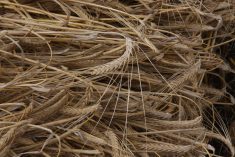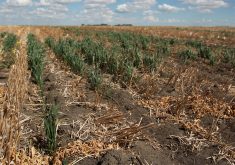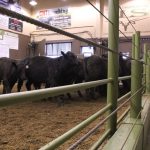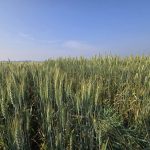RED DEER – A few hours of moisture on a pea plant can have devastating results.
Ascochyta and mycosphaerella are two costly fungal diseases that strike pea plants across the Prairies.
“Every variety in Western Canada is susceptible to some degree to ascochyta,” said Grant Ozipko of Zeneca Agro.
The diseases restrict photosynthesis by reducing leaf area. They also reduce flowering, lower yields and cause lodging.
Ascochyta causes lesions on the stems, leaves and pods.
It can cause losses of 10 to 50 percent in a short time. Yield losses can even reach 80 percent if conditions are right, Ozipko said at the recent FarmTech 2000
Read Also
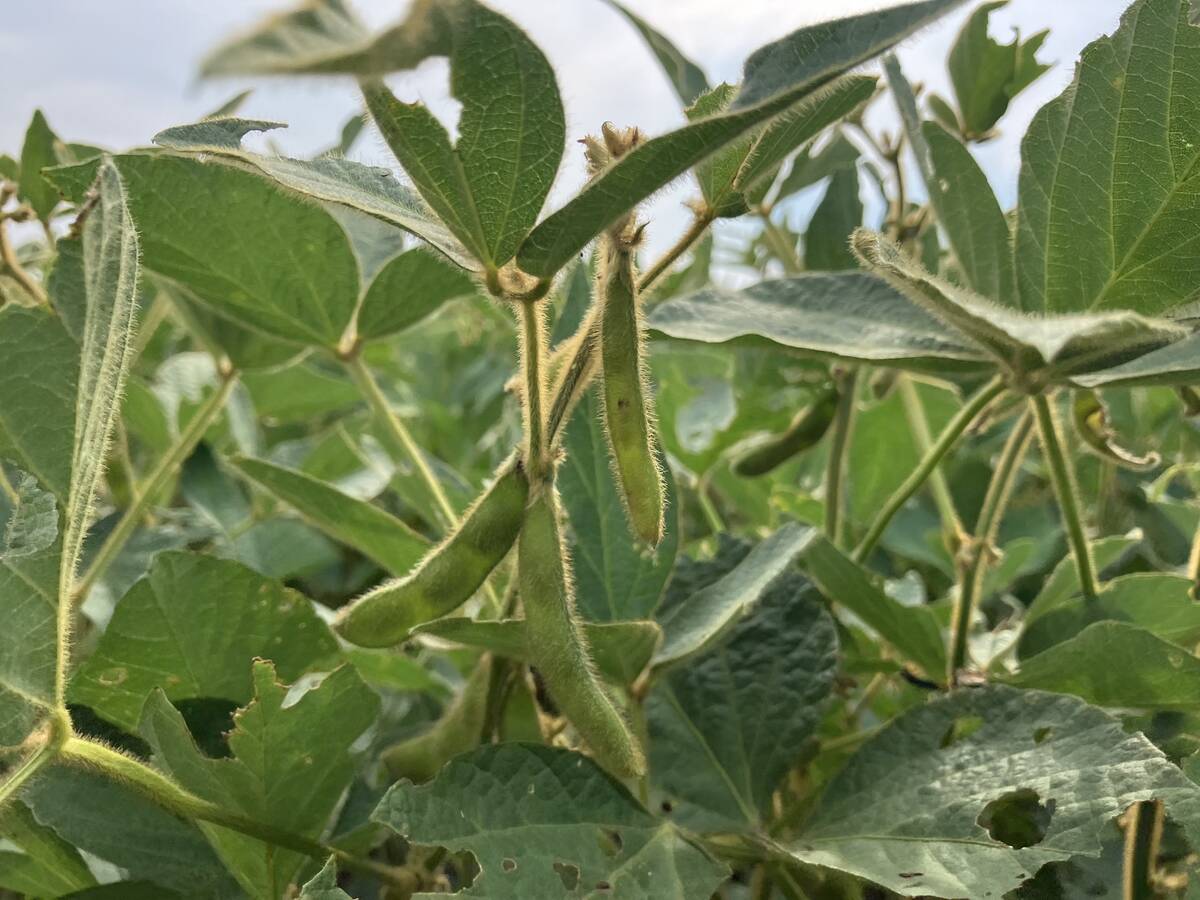
U.S. loses out on sales of soybean to China
U.S. soybean exporters risk missing out on billions of dollars worth of sales to China this year as trade talks drag on and buyers in the top oilseed importer lock in cargoes from Brazil.
conference.
Mycosphaerella leaves a distinct dark margin around a lesion and affects the entire plant including the tendrils and stem. This can affect the plant’s ability to stand.
The industry is working on developing new disease-resistant varieties. Until then, fungicides and diligent fieldwork remain the best treatment.
Disease severity will determine the number of fungicide applications, Ozipko said, while field scouting should be done every week.
Ascochyta can survive on a farm for up to five years. It is carried in infected seed, plant debris and wind-borne spores.
Producers are urged to buy certified seed produced in a disease-free zone.






